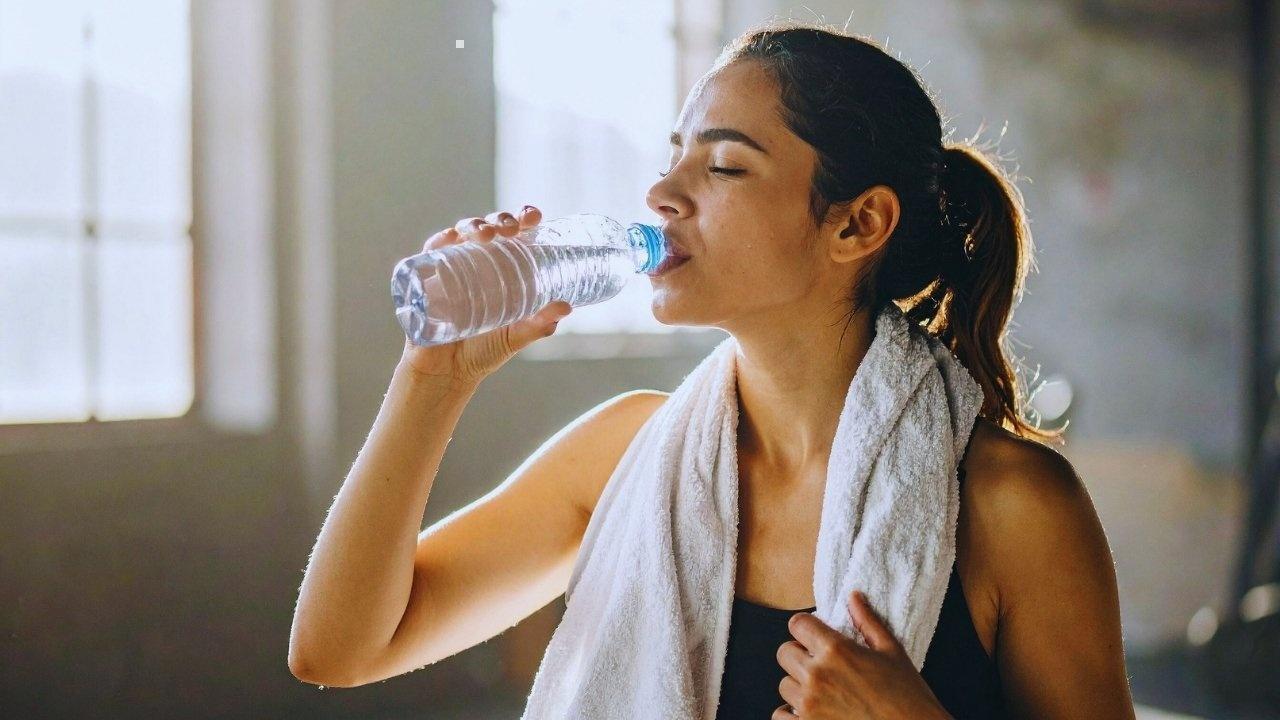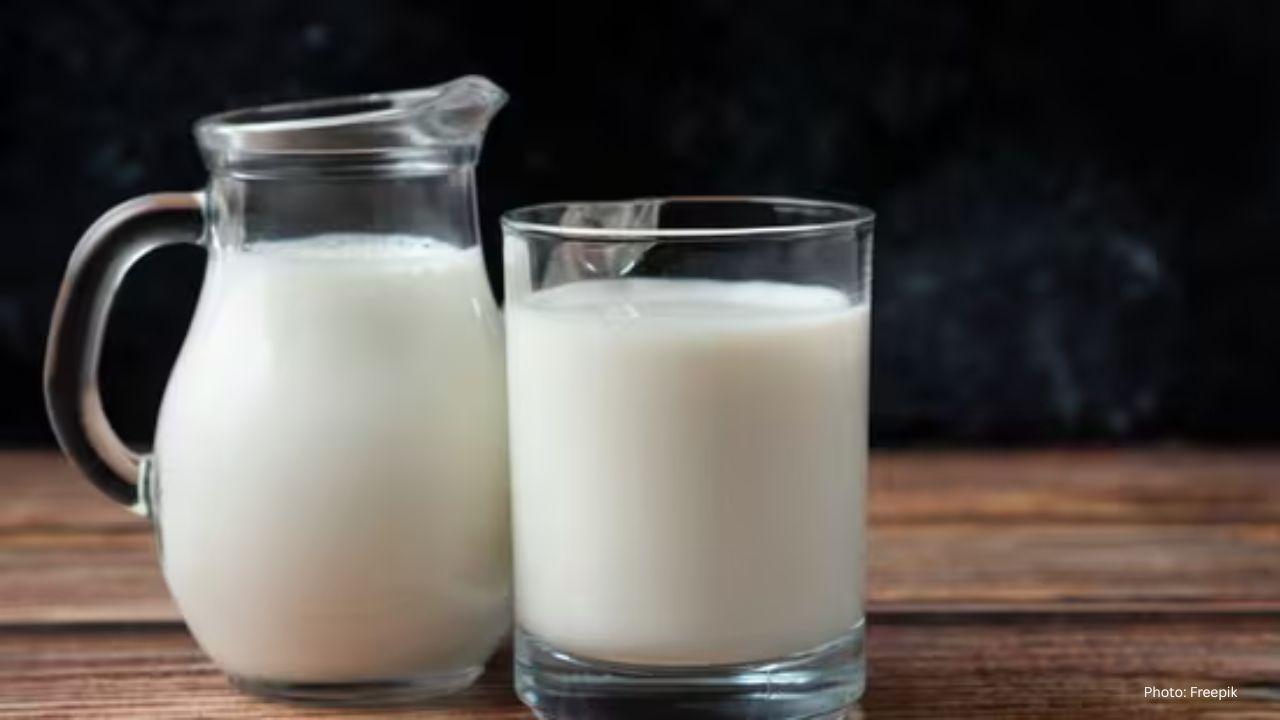
Post by : Anees Nasser
“Drink 8 glasses a day.”
“More water = glowing skin.”
“Carry a bottle everywhere.”
“Flush toxins with liters of water.”
Hydration tips are everywhere, often oversimplified. The truth is, hydration doesn’t follow a single rule. Factors such as sweat rates, dietary habits, geographical climate, and personal activity levels heavily influence individual water requirements. Many individuals either overdo it, misled by the notion that it’s beneficial, or fail to drink enough, unaware of the subtle signs of dehydration.
Water’s importance cannot be overstated; however, how much one really needs is a nuanced question.
Let’s clarify and simplify hydration with a practical approach that fits into everyday life rather than extreme wellness trends.
Water consumption varies based on:
Body dimensions
Level of physical activity
Environmental temperature
Dietary choices (from water-rich to dry foods)
Health status
Tendency to sweat
Sodium intake
Quality of sleep
Caffeine and beverage habits
This explains why someone in an air-conditioned setting may require less water than an outdoor worker, and athletes typically need more than those who are primarily desk-bound.
Your body craves balance, not a fixed quantity.
The advice to “drink 8 glasses of water” is useful but serves merely as a general guideline, not a strict rule. While many individuals may require more, some might need less.
A pragmatic range:
6–10 glasses per day for most healthy adults (roughly 1.5 to 2.5 liters depending on body type and environment)
This reflects a range—rather than a rigid goal.
If your diet includes water-rich foods like fruits, vegetables, soups, or yogurt, your hydration levels may be met even without heavy water consumption.
Look for these straightforward signals instead of just numbers:
Light yellow urine (not too clear, not dark)
Minimal thirst
Lips feel sufficiently moist
No unexplained fatigue
Steady energy levels throughout the day
Our bodies communicate constantly—hydration is where it whispers rather than shouts.
Be alert to:
Dryness in lips and mouth
Frequent headaches
Unusual sleepiness
Constipation issues
Dark, strong-smelling urine
Dry skin without other causes
Muscle cramps
Dizziness upon standing
Mental fog and irritability
Often, individuals mistake mild dehydration for fatigue or a need for caffeine, when actually, the body requires water.
The obsession with hydration can lead some to excessive water intake.
Overhydration may result in:
Frequent bathroom visits
Nausea and headaches
Essential minerals depletion (electrolyte imbalance)
Stomach discomfort and bloating
In severe cases, dangerously low sodium
It’s vital to remember: hydration is about balancing needs, not overwhelming.
1.5–2.5 liters depending on air conditioning and activity levels.
2.5–4 liters, with added electrolytes on warm days.
Increase by 500ml–1 liter alongside sodium/potassium from food/drinks.
Lose more water through sweat—stay consistently hydrated.
In drier conditions, hydration becomes increasingly crucial.
It’s easy to forget to drink warm liquids, which can still lead to dehydration. Keep warm water accessible.
You can supplement hydration through your diet by incorporating water-rich foods.
Examples include:
| Food | Hydration Enhancement |
|---|---|
| Cucumber | Refreshing and electrolyte-rich |
| Coconut Water | Naturally packed with minerals |
| Curd/Buttermilk | Helps with digestion and moisture |
| Watermelon/Melon | Sweet and hydrating |
| Methi & spinach | Nutritious leafy greens |
| Moong dal soup | Nutritious and hydrating |
| Sabja seeds | Cooling and hydrating benefits |
| Citrus fruits (oranges, pineapples) | Bright flavors with hydration |
True hydration involves fluid intake, minerals, and fiber, not just plain water.
Sodium, potassium, and magnesium are vital components.
When you hydrate or sweat excessively, these minerals can deplete.
Smart sources include:
Coconut water
Lemon water with a dash of salt
Buttermilk (chaas)
Bananas (rich in potassium)
Jaggery water in hot months
Salted lime soda (a traditional favorite)
Electrolytes play a key role in maintaining energy, muscle function, and nervous system health.
Reality: Hydration balance along with nutrition and sleep are more crucial. Sufficient hydration helps, but dehydration exacerbates skin dullness.
Reality: Strive for regular hydration, but also pay attention to your body’s signals of thirst and urine color.
Reality: Beverages such as fruits, soups, chaas, and coconut water contribute just as much.
Reality: Completely clear urine can signify overhydration. The goal should be pale yellow.
Forget complex apps or reminders; cultivate habits instead.
1 glass of water (ideally room temp or warm)
Half glass helps with digestion and curbs overeating
Snack on hydrating fruits or coconut water
Opt for buttermilk or lemon-infused water
Light hydration; avoid large amounts just before bed
Take small sips, rather than big gulps
Gentle sips > chugging
Hydration is a methodical process, not a frantic one.
Use a lightweight bottle—avoid large 2-liter containers
Take water breaks during your leg stretches
Keep lemon and salt handy for a quick hydration mix
Have a glass upon arriving back from errands or commuting
In transit, prioritize water and fresh fruits over sugary juices
Dehydration can lead to:
Constipation
Acidity
Hard stools
Bloating
Warm water can aid gastrointestinal movement.
For some, cold water may slow digestion.
Experiment and discover what best suits you.
Children often overlook hydration, while seniors may not feel thirsty.
Watch for the following cues:
Dry mouths
Weakness
Crankiness
Headaches
Confusion in older adults
Provide water-rich foods and fluids regularly.
Seek professional advice if:
You have kidney problems
You are pregnant or nursing
You take diuretics
You have issues concerning heart or blood pressure
Your feet swell frequently
You are under strict salt limitations
Personalized advice can make all the difference.
Use a clay bottle during summertime
Infuse water with herbs (mint, lemon, ginger)
Sip warm water throughout winter
Occasionally, add sabja seeds to your drinks
Enjoy oranges or papaya post-exercise
Experiment with chia seeds or soaked raisins for morning hydration
Sustainability should reign over drastic changes.
Hydration isn’t just a task; it’s a balanced rhythm.
It’s not simply about chugging 8 glasses; it’s about attuning to your body’s signals.
Your body knows when it needs fluids.
Your urine indicates your hydration status.
Your energy levels reflect your balance.
Cultivate hydration with mindfulness, not pressure.
Hydrate through both water and food.
Balance your salt intake; don’t eliminate it.
Sip gradually throughout the day; no need to gulp with trepidation.
Your body thrives on moderation, not excess.
This article aims to broaden understanding of lifestyle and hydration. For individuals with medical concerns affecting fluid balance, personalized medical consultation is recommended.










Roberto Martinez Critiques Harshness of Ronaldo's Red Card in Ireland Match
Portugal's coach, Roberto Martinez, defends Ronaldo after his first red card impacts a 2-0 loss to I

Luis Rubiales Egged at His Book Launch in Madrid
Luis Rubiales faced an egg-throwing incident by his uncle during his book launch, further complicati

Kai Trump Struggles in LPGA Debut, Reflects on Experience
Kai Trump finished her LPGA debut with a score of 83, learning valuable lessons amid significant att

Kansas State Edges Past Cal 99-96 in Thrilling Encounter
Kansas State narrowly defeats Cal 99-96, with Haggerty's standout performance crucial to the Wildcat

Suns Dominate Pacers with Stellar Performance from Booker
The Suns secure a decisive victory over the Pacers, with Devin Booker showcasing his talent and exte

Injury-Stricken Clippers Battle Mavericks in NBA Cup Clash
Both the Clippers and Mavericks face injury struggles as they meet in an NBA Cup showdown, eager to